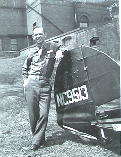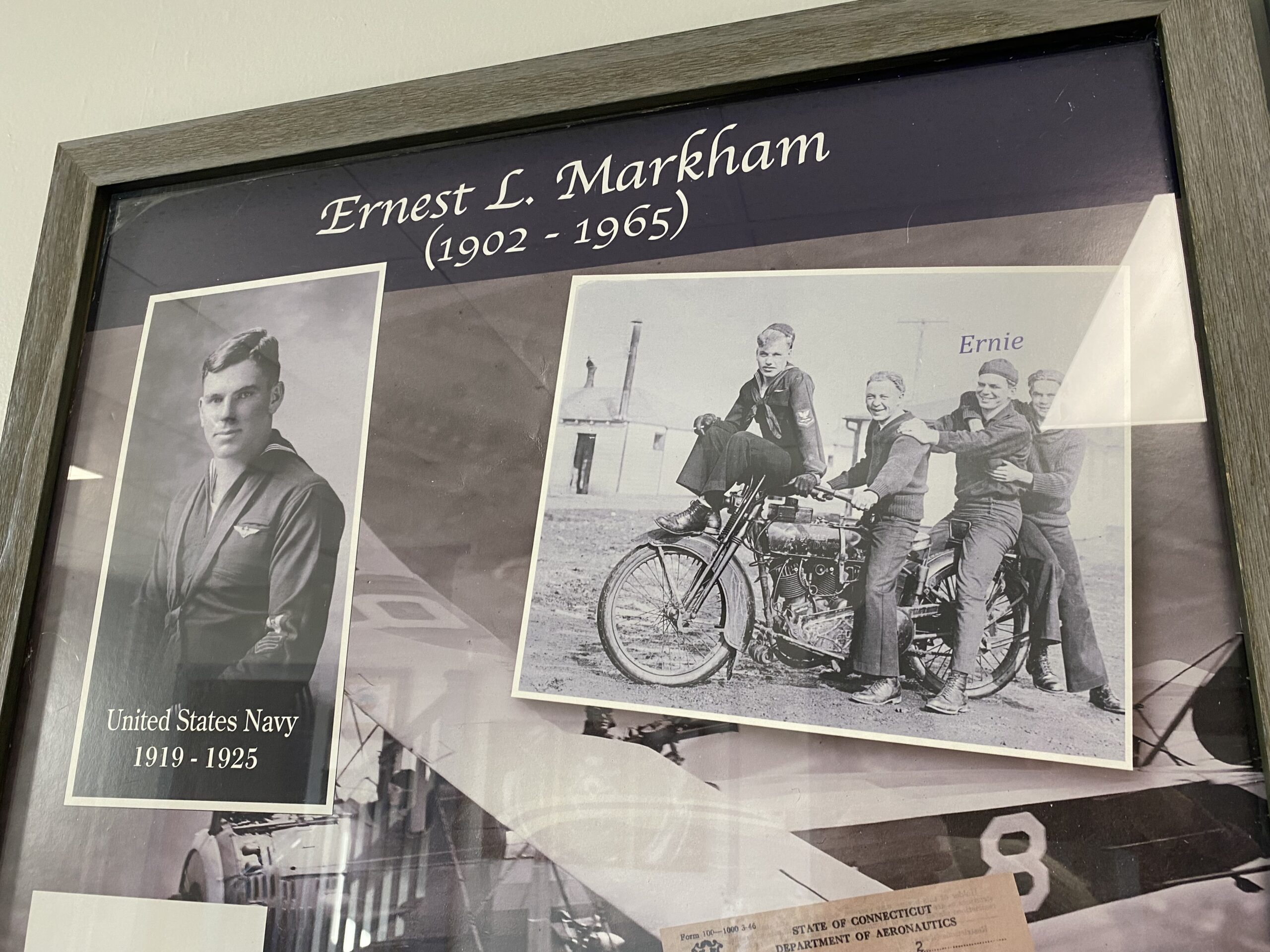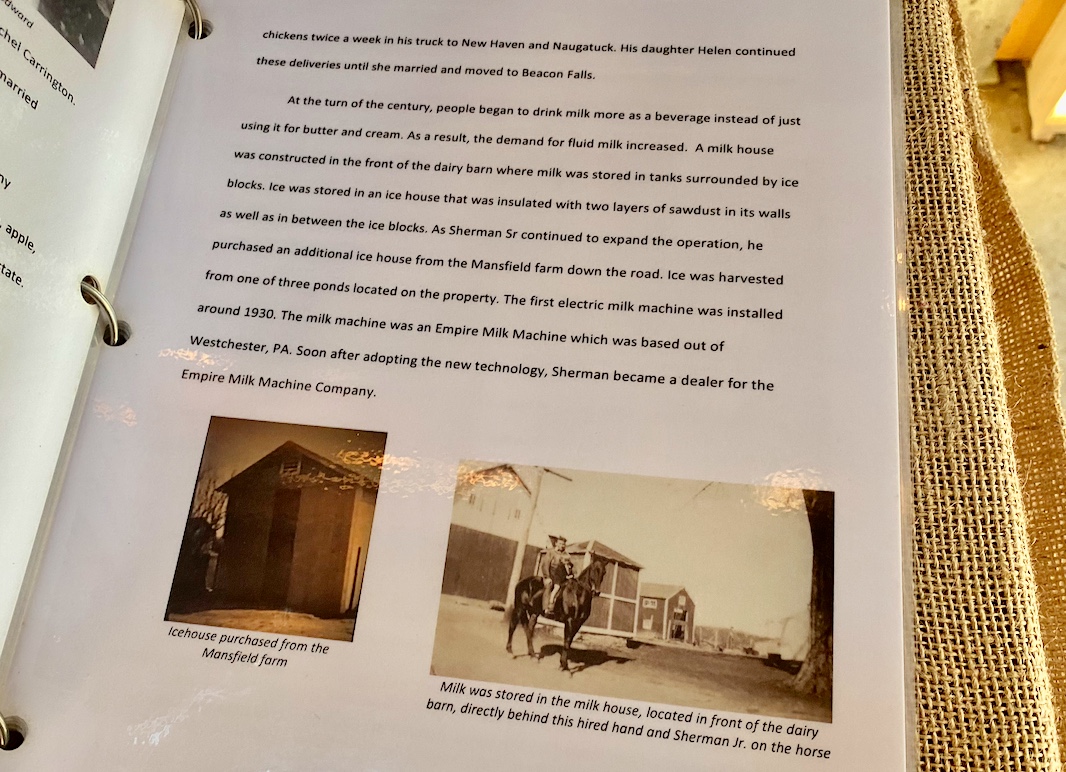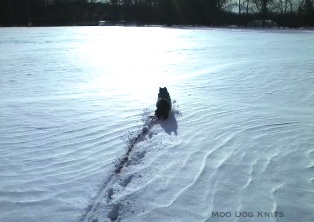Farm Fields Connecticut Aviation To Maritime History, Rivers Run
“One way to remember who you are is to remember who your heroes are.” Steve Jobs
Lighting the way. Fueling the dreams. Taking the time.
Pilot and flight instructor Julian Tencza of Meriden, Conncticut, folded his arms and said, you fly it. Below was the Arrigoni Bridge, Connecticut River. Grinning, I flew. Thank you, sir, for going up and sharing the joy of flying to a teenager who looked longingly at the parked aircraft through the fence at Meriden-Markham in the days of going to the dump, which is now a capped landfill. (My dad, friends with Tencza, made the connection and was sitting in the back. Many years ago, still vivid this memory.)
Tencza retired as a lieutenant colonel after 33 years in the U.S. Air Force. Tencza flew 25 missions in World War II; one was a forced landing due to an engine being shot out. (The plane had two Pratt & Whitney engines, and 11 (eleven!) 50-caliber machine guns on board.)
“Had to land on a fighter strip,” he recalled. “We were missing in action for three or four days, no one knew what happened to us.” The flight crew ended up in Paris with official permission to tour the city in their combat flying uniforms, after they had checked in with their command.
Tencza held USAF command pilot rating from 1970. He flew out of Hanscomb AFB, switched from jets, transferred to Bradley, C-119 and C-124s out of Westover AFB.
Since he had loved riding motorcycles, had taken a few spills on his Indian, he thought maybe he should try flying.
“Before I went into the service, I was a student pilot at 19, and had 31 hours as a student pilot at the Meriden airport.” (Now called Meriden-Markham Airport, named for the flight instructor who trained Julian Tencza.)
“In the early 1900s, a 900 foot by 200 foot field bound on three sides by utility lines was originally the home of a trotting park and part of the Fallon farm. After a group of local business and aviation enthusiasts realized the locations potential it was designated as the city airport in 1928. A total of nine aircraft other than those based on the field landed at Meriden Airport in its first year of operation.” – Meriden-Markham Airport
Bethany and Meriden connection? Ernest L. Markham.
Ernest L. Markham. Bethany Airport.#history #avgeek https://t.co/Fn4f3glFCe pic.twitter.com/NH9FmunlbL
— Moo Dog Press (@MooDogPress) August 21, 2022
From Abandoned & Little-Known Airfields Central Connecticut by Paul Freeman:
A 1927 photo of Ernest Markham & two unidentified boys in front of a Waco 10 biplane at Bethany Airport (courtesy of Linda Markham Scialabba).
The date of construction of this small general aviation airport has not been determined.
The earliest depiction of the Bethany Airport which has been located was a 1927 photo of an unidentified biplane at Bethany Airport (courtesy of Linda Markham Scialabba).
The photo pictured Linda's grandfather, Ernest Markham, and two unidentified boys in front of a biplane marked with “Hill & Somers.”
Linda noted, “My uncle tells me they were some type of business, he is not sure if they owned the airport.
My grandfather… worked at Bethany Airport from 1927-28; he may have been a flight instructor there.”
Also see:
“Before I went into the service, I was a student pilot at 19, and had 31 hours as a student pilot at the Meriden airport.” (Now called Meriden-Markham Airport, named for the flight instructor who trained Julian Tencza.)
Collecting stories. Bethany and Woodbridge, family farms with connecting bridges to changing and adaptation. Standing in Meriden Markham Airport office, finding three USAF veterans — and a cyclist who knows the roads of Bethany, Clover Nook Farm. Interested in aviation history, boyhood aviation in Naugatuck memories. Maguire and Eglin Air Force base, tours overseas.
The Clover Nook Farm store (https://clovernookfarm.com/) is open in the winter. Buy local produce, meats, honey — and it is where a copy of Bethany Airport 1920-1965 book was discovered.
Reflecting on indigenous history while roaming the area, which is spectacularly beautiful.
“1700 – Proprietors in Milford purchase from the Paugusset Indians a tract of land in western Bethany between Bladen’s Brook and Lebanon Brook (now called Hockanum Brook). This tract is known as the Two-Bit Purchase – two bits being the price of a share in the purchase. Two bits was a quarter (2/8th) of a Piece of Eight, also called a Spanish dollar. The Indians signing the agreement are Conquepotana, Ahanataway, Rasquenoot, Waurarrunton, Wonountacun, Pequit, Suckatash, Durquin, and Windham, all early Bethany landowners and perhaps residents.
“1702 – Proprietors in Milford purchase from the Paugusset Indians a tract of land in northwestern Bethany between Lebanon Brook and the Waterbury line. This tract is known as the One-Bit Purchase. The Indian sellers were the same eight who signed the Two-Bit Purchase.”
From timeline history of Bethany Historical Society, Inc.; (203) 393-1832.
Meriden Markham Airport.#AvGeek https://t.co/60h5KGvjsK pic.twitter.com/8nOjw26f74
— Moo Dog Press (@MooDogPress) January 25, 2023
Speaking of places and names. “The word Hockanum comes from the Native American word ‘Hocquaun’ meaning a hook-shaped or crooked river.”
Source: http://hockanumriverwa.org; a walk near Hockanum River Linear Park sparked the wondering.
The Thames River may revert to its original indigenous place name. There is talk of this, but also much discussion. The tour of the Custom House Maritime Museum on Banks Street in New London (with thoughts of Herman Melville's work at a custom house), was a revelation.
But that's a story for another day. There's more winter to face.
“New London… The Whaling City.”
@MelvilleMonday
From recent visit, tour snd interview at Custom House Maritime Museum.
Also see: https://t.co/MHQOyq9c9t pic.twitter.com/4TrdvKAxdM
— Moo Dog Press (@MooDogPress) January 23, 2023




